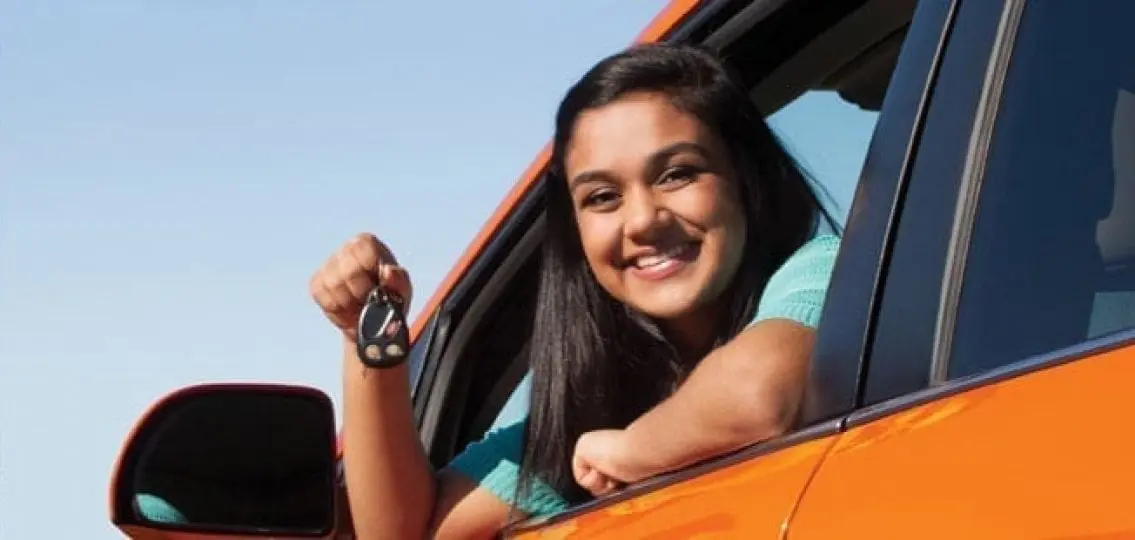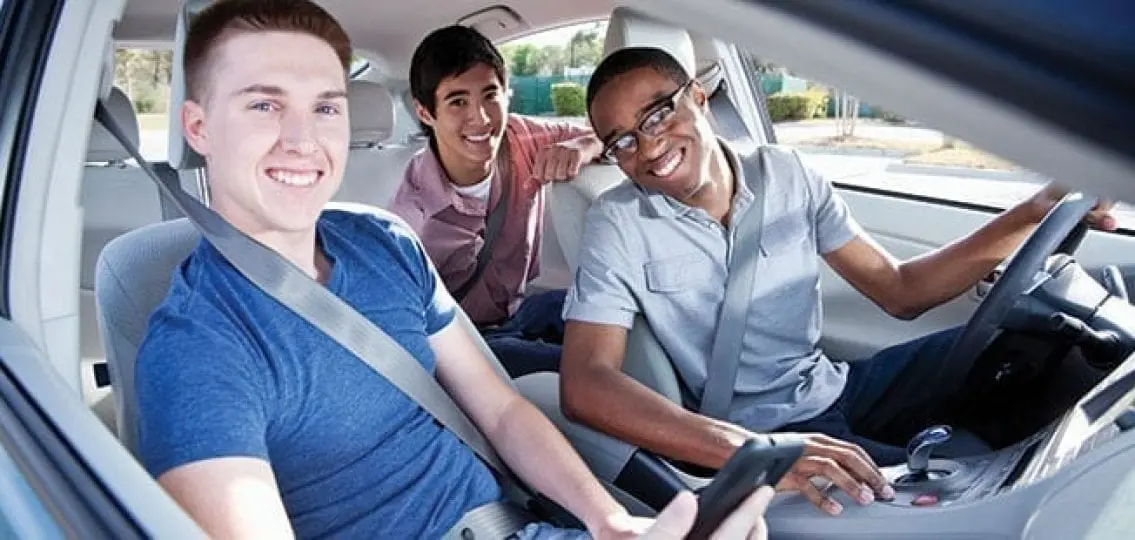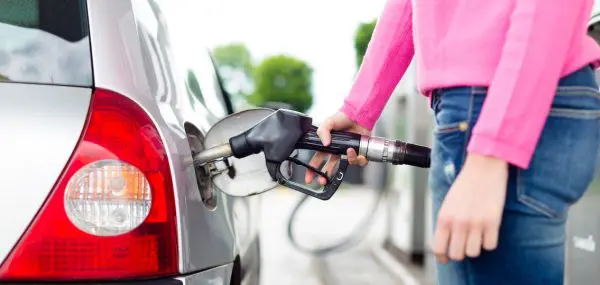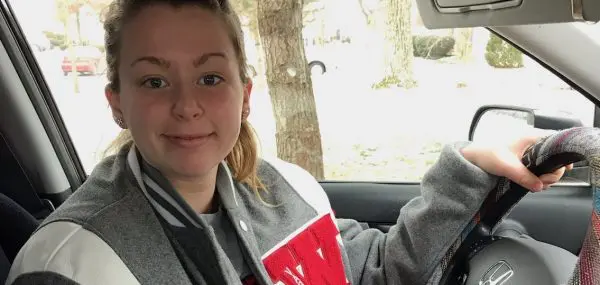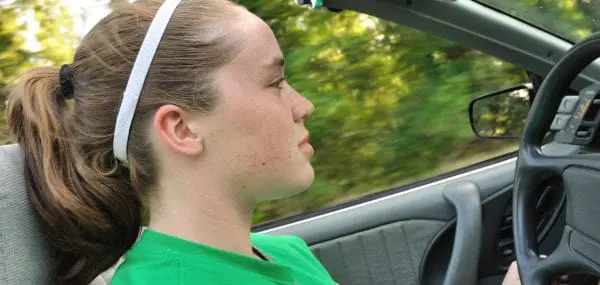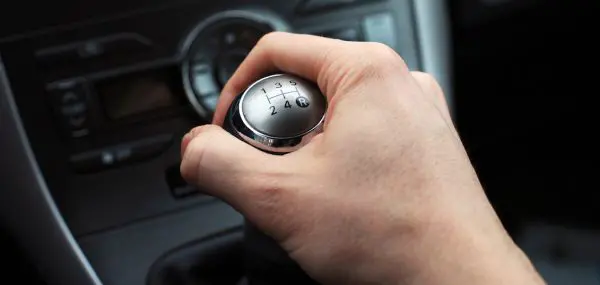If you are the worried parent of a new driver, this probably will not surprise you. Car accidents are the leading cause of mortality among U.S. teenagers. In fact, they account for one third of all deaths of young people between ages 12 and 19.
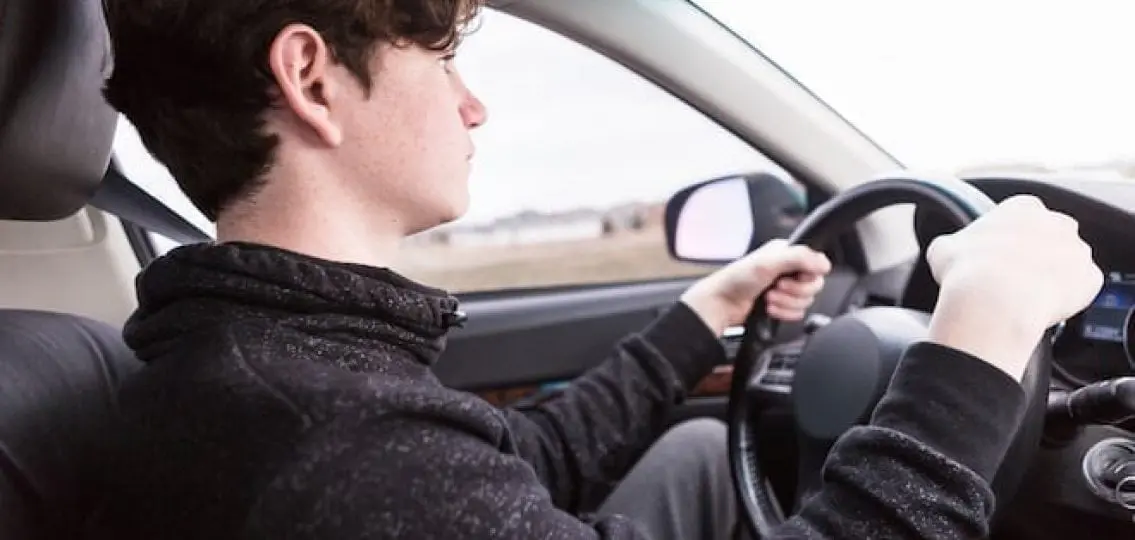
More startling, perhaps, is the fact that more than half of teens who died in car accidents in 2016 (the most recent data available) were not wearing seatbelts, according to the National Highway Traffic Safety Administration.
Clearly seat belt use is a problem for adolescent drivers. Why aren’t teenagers wearing their seat belts?
2 Reasons Why Teens Don’t Wear Seat belts:
1. Teens are tired.
Researchers have linked lack of sleep—meaning seven or fewer hours a night— to bad decision making, such as texting and driving, riding with a driver who has been drinking, or not wearing a seat belt.
2. Rear seats may seem safer to teens.
Many passengers don’t realize they need to buckle up in back seats. A recent study examined fatalities involving back seat passengers. It found that 77% of teens who died were not wearing their seat belt at the time of the accident. Furthermore, during a collision, unrestrained rear passengers become projectiles that can nearly double the risk of death for front seat occupants.
What can parents do?
| [adrotate banner=”99″] |
3 Ways to Encourage Teens to Wear Seat Belts:
1. Model safe behavior.
Do not take for granted that teens know certain safety precautions. Wendy Tischler Thomas, a certified child passenger safety technician, has a teenage daughter. “I’ve tried to lead by example as I’ve driven her friends over the past several years,” says Thomas. “I remind them to sit properly, not to turn around to talk to the backseat passengers, and never to lie down across the back seat.”
2. Set clear expectations.
Creating a parent-teen driving agreement can help families spell out expectations of driver behavior and set consequences for infractions. A ready-made agreement can be found at cdc.gov/parentsarethekey/agreement.
3. Share information.
While you do not want to scare your teen, sharing statistics from NHTSA about how seat belts save lives can influence behavior. Cold, hard facts are hard to dismiss.
